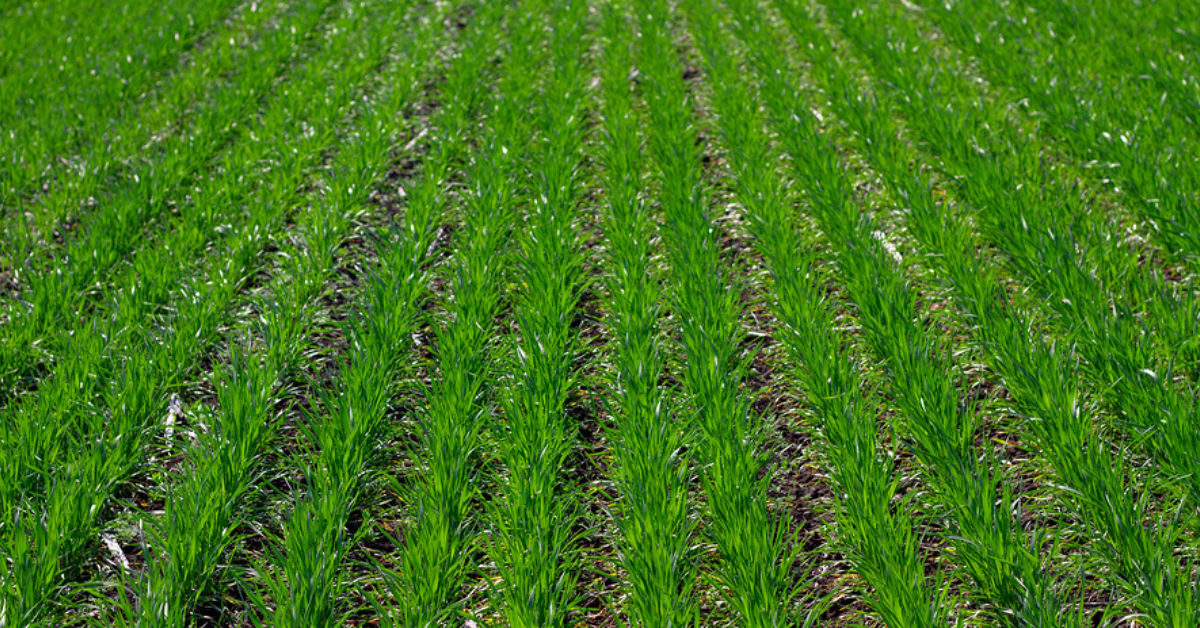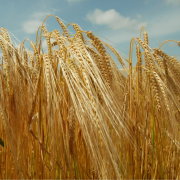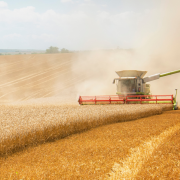Technical Crop Update: Winter 2022
Author: George Blackburn
2022 will live long in the memory of tillage farmers. Coming off the back of a good year in 2021, the spring was fraught with trepidation given the massive increase in fertiliser prices and energy prices in general. The outbreak of the war in Ukraine changed the game completely. With one of the world’s largest exporters effectively ceasing trading, grain prices rose to record levels. This eased concerns for many growers, and luckily we were blessed with an excellent growing season and good weather at harvest. The holy trinity of yield price and weather all came together again as in 2021, a very unusual occurrence to get two good harvests together. We will not complain however as it has breathed new life into the tillage sector and reminded us all why it is we do what we do for a living.
Farming is a risky business and feeding the world is becoming a trickier proposition for all sorts of reasons. The key message we must take from this year is despite worrying external factors, we must keep the faith. Stick to what we know and do our job as best we can. We have the capacity to produce the highest yielding, highest quality winter crops in the world and we must not lose sight of that fact.
Winter Oilseed Rape
Winter rape plantings have increased dramatically this year, even on the back of record plantings the previous year. Rape yielded very well this year and growers now see it as the go-to break crop. Factors such as grass weed issues in cereals, record high prices for rape and a very favourable planting window have all contributed to this. Winter crops were sowed in a timely fashion towards the end of August/early September and have established well in general. Most have already been treated with a herbicide for weeds and a graminicide.
The use of hybrid varieties has worked well in the later planting slots and have proven their worth. Varieties such as Ambassador and Aurelia performed very well in 2021.
The wet weather of the past month has slowed growth and crops in heavier land are suffering from waterlogging at present. There was little or no spraying done in November due to the wet conditions, so crops will need to receive an application of Kerb (propyzamide) as soon as conditions allow and temperatures drop below 12 degrees for grass weed control. Crops will also need to be treated for light leaf spot and will benefit from an application of boron. Some forward crops may need metconazole for growth regulation.
Winter Wheat
Plantings of winter wheat have held their own reasonably well again this year. Overall, acreage may be slightly down due to the difficult autumn but most dedicated wheat growers have managed to reach their planting targets. Later planned drillings after potatoes and beet have proved difficult this autumn. Most crops were drilled early and there was little to no planting done after mid-October.
Wheat delivered excellent returns in 2022 again despite the high input costs. Growers have opted with the tried and tested varieties of Graham and Costello as both have performed exceptionally well this year, with some growers recording record yields. More than the one field managed to break the 6 tonne barrier this year, showing us that it can be done.
Many growers especially on more difficult soils took advantage of favourable conditions in late September. These crops have established excellently, with almost 100% germination. Crops sowed in late September will be at risk of BYDV and will need an aphicide when conditions allow.
Aphid activity appears low due to the weather and we are still slightly in the dark as to the relative proportion of resistant aphids in the local population. This year is still relatively mild so well-timed aphicide applications are a must. Transform is still on the market this year with an autumn use label, so that is a big help with no known resistance to this product in the field yet. The advice must be to err on the side of caution and avoid spraying with a pyrethroid insecticide until at least 3 true leaves emerge on crops to minimise damage to beneficial insects that feed on aphids in the target population.
Later sown crops are struggling in wet conditions, so keep an eye out for slugs and avoid herbicide application when crops are stressed.
Winter Barley
Winter barley plantings have collapsed in the area this year, owing to a couple of factors. The removal of the three-crop rule has meant many growers who were using winter barley as their second crop are no longer obliged to do so. The second reason is the poor performance of a lot of winter barley crops last harvest. The earlier drilled crops that were sowed in poor rotation slots got hit with a double whammy of Take-All and some severe BYDV infections. This had a very negative impact on yield and quality, with some fields leaving little or no return. Chastened from this experience, farmers either moved away from winter barley altogether or opted for later planting, which did not happen with the weather.
Joyau, a six-row conventional variety with BYDV tolerance was available in limited supply last season and the few crops that were sowed performed very well. As a result, there has been an increase in plantings, especially in early slots. It will have a place going forward in rotations as the BYDV tolerance gene it carries contributes to better yields compared to conventional varieties. Plant breeding and not chemistry may be our best weapons against plant pathogens in the future, so varieties with more robust genetics for disease and pest resistance will come more to the fore.
As with wheat, similar advice applies to aphicide applications. Most crops were treated pre-emergence with a combination of Flufenacet and DFF and this was very important for grass weed control. Any crops not treated will need to get a post-emergence treatment of tower and DFF before annual meadow grass tillers to control it.
Winter Oats
Winter oat plantings have reduced since last year, owing to the weather. Oats are not generally sowed until after the 10th of October, so opportunities for drilling have been limited.
Isabel and Husky are again the varieties of choice. They are both spring varieties planted in the winter, so there will be no issue sowing the seed destined for autumn drilling in the spring. Isabel is more suited to coastal areas as it has a very good rust resistance profile. Husky is a hardier variety, so will prove more suitable in a more challenging field.
Spring oats performed very well in 2022 and present a cheap reliable way of establishing a good break crop on your farm. Aim to plant oats at 12 stone (200 kg per ha) to ensure a strong plant standability.
Further Information
To view more articles from our Winter Newsletter, please click here.
Get In Touch
For the most up-to-date information on our products and services, please click here or follow us on Facebook and Twitter.











